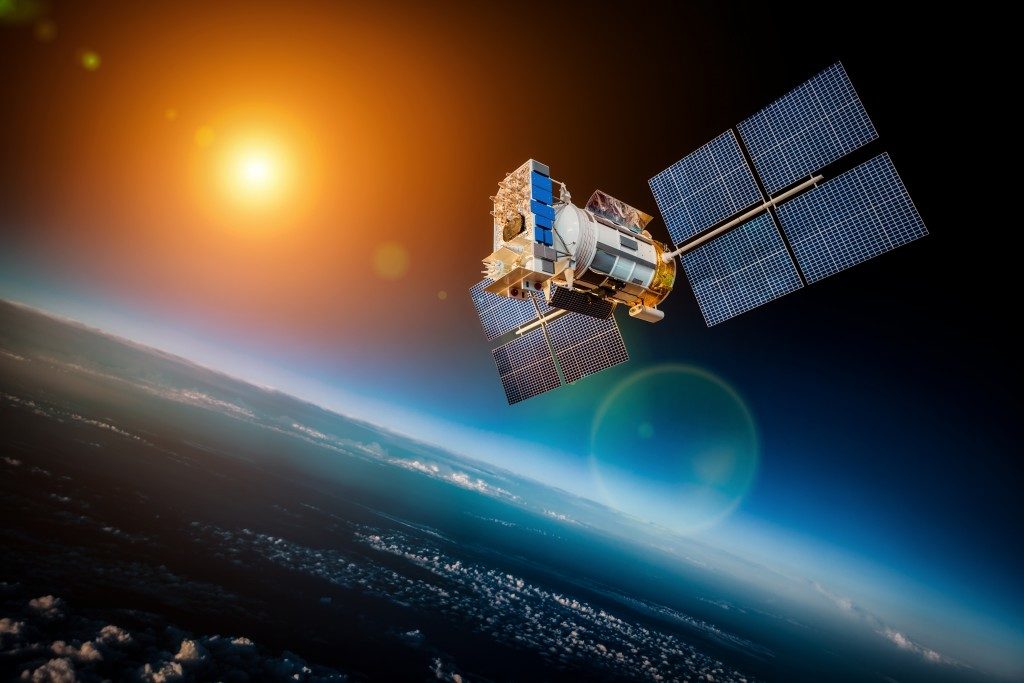School may have taught us a lot about planet earth, but there are still many interesting facts to discover about the planet.
Earth’s Deserts – 1/3 of Earth’s land is covered by Desert
The earth’s composition is 71% water, and only 29% is land. Of that 29% land, about 10% of earth’s lands are covered by desert, and about 1/3 of the total surface of the Earth. While that may seem like a huge number, it’s important to note that deserts are remote places that rarely get rains or precipitation. The largest desert on Earth is Antarctica – which covers an area of about 14,000,000 sq., which is 3,000,000 sq. larger than the Sahara.
In addition, did you know that nearly more than half of the top 10 biggest landowners in the world are from Australia? Everybody knows that land is one of the most valuable properties that you could obtain, but a number of the biggest landowners coming from the same continent would really make you curious about the land investments there.
So, it’s safe to say that one of the best places to buy land would be in Australia – wouldn’t matter if it’s in Townsville in Queensland, or Victoria, or even the capital, Melbourne.
Several Meteoroids Fall to Earth Every Day
Every day, it is believed that at least 4 billion meteoroids fall to Earth. However surprising that number is, most of these meteoroids are too small and would burn up in the Atmosphere before it could even come to contact with the ground. That means every day the Earth is exposed to a sudden meteoroid impact, but only one has actually been verified that came into contact with the ground – and caused an injury.
In 1954, a woman from Alabama was hit by an eight-pound meteorite which crashed through her roof. This moment of the impact caused her roof and radio to be broken and hit her hip.
Earth’s Core is as Hot as the Surface of the Sun
The initial measurements of the temperature of Earth’s core fell at around 5,000C. Earth’s solid iron core is believed to be surrounded by liquid – and is crystalline. Thanks to more advanced techniques and instruments, research was done to calculate the temperature of the earth’s core. This experiment included a piece of iron exposed to lasers and a huge amount of pressure, which then concluded that the earth’s core’s temperature is at 6,000C, which is roughly the same as the temperature of the surface of the sun.
Earth Might Have Been Once Purple

Everyone knows now that Earth is also called ‘the blue planet,’ but recent research suggests that earth might have once been purple. Dr. Shil Dassarma, a microbial geneticist hypothesized that ancient microbes did not use chlorophyll, but had other molecules to produce sunlight. Yellow and green light are absorbed by retinal pigments while it transmits red light; therefore, the molecules could have produced a purple hue.
The ‘purple earth’ would have dated around 2.4 to 3.5 billion years ago – long before the chlorophyll and photosynthesis existed.
The Earth is a complex and interesting planet. In fact, there are numerous things we still don’t know about it. It’s good to learn something new about our planet from time to time.




